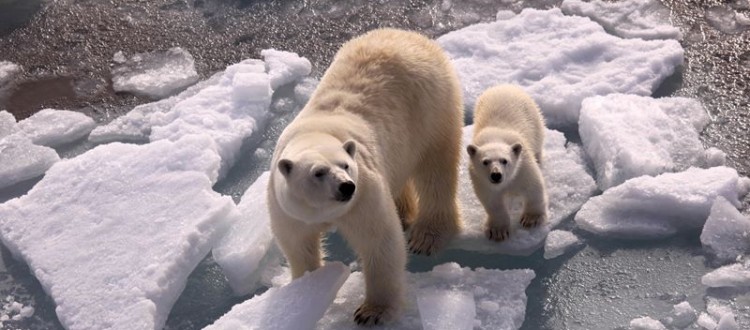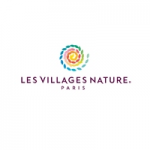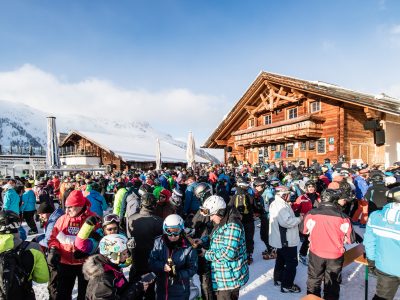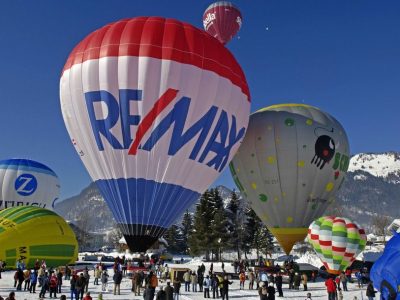Safety and Environmental Sustainability Must Be Top Concerns in Polar Tourism
Originally published in TOURISM SOCIETY JOURNAL
In the early days of polar exploration, only a few well-funded explorers had the means to visit these spectacular regions. By the turn of the twentieth century, organised tours were drawing more people to these areas, yet polar exploration typically remained the exclusive jurisdiction of the well-heeled.
Fewer than 100,000 people had visited the Polar Regions by the early 1990s, but that was about to change. Experiential tourism had begun to catch on, and there’s no experience quite like a trip to the Arctic or Antarctica.
Quark Expeditions is a key provider of adventures in the Polar Regions. Director of Operations Bill Davis started with the company in 1993, when polar exploration was in its infancy, and has taken more than 200 trips to the Arctic and Antarctica.
“My first year in Antarctica, I think there were only six ships in total. Now this segment of the tourism industry brings about 30,000 people a year to the region,” he said.
Advances in transport and navigation, improved recreational equipment, weatherproof clothing, reductions in the amount of sea ice and a more reasonable climate in the polar reasons are some of the factors creating the increase. The ways in which people experience the Polar Regions have changed, as well. Shore visits to historic sites, prehistoric settlements and wildlife areas play a part in most expeditions.
Organisations Aim to Protect & Preserve the Polar Regions
As in all areas of tourism, increased visits create concerns regarding the protection of these vulnerable regions. Major tour operators recognised the issue in the infancy of polar tourist travel and in 1991, when fewer than 6,500 people were visiting Antarctica, the International Association of Antarctica Tour Operators (IAATO) formed. Its mission is to “advocate, promote and practice safe and environmentally friendly travel to Antarctica” and in the 2013-14 season, 37,000 people visited the region.
Another critical organisation, the Association of Arctic Expedition Cruise Operators (AECO), come together in 2003 with the goal of “managing responsible, environmentally friendly and safe tourism in the Arctic and strive to set the highest possible operating standards.” Judging the number of visitors to the Arctic is more difficult, because there are many different regions and countries involved. For example, 25,000 tourists visited Greenland in 2008. A year prior, when the Northern Development Ministers Forum conducted a Canadian tourism study, they learned that over 329,000 foreign visitors had been to the Yukon, and another 63,500 and 13,000 to 18,000 visited the Northwest Territories and Nunavut, respectively.
IAATO and AECO create standards and best practices for tour operators to follow when visiting the Polar Regions, but also collect data across these disparate regions. The number of people visiting annually, their citizenship, the activities they participated in (and for how long), and where they went are of particular interest. Through these organisations, we gain access to a more accurate and holistic snapshot of the tourism activities taking place in the Polar Regions.
Minimising the Impact of Polar Tourism
These insights help drive the standards created by both organisations, which have a direct impact on planning trips to the Polar Regions. There are also numerous permits to be acquired before travel can take place.
“There are dozens of permits Quark Expeditions has to apply for in Canada,” Davis explained. “Within each permit, there are several other permits… the same is true in Antarctica, where we must demonstrate that none of our activities will have any more than a minor transitory impact on the environment.”
Minimizing the impact of tourism on the environment is the primary focus, and permits regulate everything from the fuel tour boats can use to the separation of waste. In Antarctica for example, poultry waste must be kept separate; it can’t be incinerated or disposed of with regular waste. Styrofoam packing pellets are forbidden, and strict biosecurity protocols require that all belongings and clothing worn ashore in Antarctica be vacuumed upon ship return, to prevent accidental environmental contamination.
“Before and after every landing, there is another biosecurity protocol we use,” Davis said. “That is disinfecting our boots and ski poles and tripods and anything else that we take ashore with Virkon (a multi-purpose disinfectant), so we’re not transporting any pathogens or bacteria from one site to the other.”
The other key environmental issue centres around the travelers themselves and the impact they have on the environment. Quark Expeditions runs mandatory guest briefings on every trip to discuss biosecurity and ensure passengers are aware of their direct and indirect environmental impact. They don’t want someone putting their hands in a pocket with gloves on and accidentally dropping a tissue or gum wrapper from a pocket, for example. A grocery bag flying into a penguin colony could cause injury or death to the birds. In addition to being careful not to take anything ashore, passengers are strictly prohibited from returning with souvenirs. Everything is protected. Passengers are refreshed on the rules before each shore visit.
The cold does a great job of preserving significant archaeological or historic sites, but human interference can have devastating effects. Whaling stations, scientific outposts and ancient ruins dating back thousands of years each present specific challenges when moving people through and around them.
“We make sure everybody is well educated about the site we are about to visit, including no-go zones, sensitive areas, where staff will be, and how passengers will be guided through the site,” Davis said. “Our industry has come a long way and many of the sites we visit now actually have site specific management plans, which we are obliged to follow.”
Some of those plans regulate the time of year sites can be visited, the number of people that can go ashore at a given time, and the way in which they travel through the site. Tour operators police themselves and the sites; if it appears as though rules aren’t being followed, or sites are being adversely affected by tourists, it’s reported immediately.
“At one site, although it was very clear where we could and could not go, it looked like there was starting to be a path created. It was brought to the attention of our organisation and agreed by all that we would just stop visiting the site in the way that we had before,” Davis said.
Polar Tourism an Opportunity to Educate & Create Advocates
Environmental protection aside, companies belonging to IAATO and AECO work hard to support scientists and researchers who work in the Polar Regions.
Many tour operators offer passage to scientists on their vessels, creating opportunities for research that might otherwise prove cost-prohibitive. This also enhances the passenger experience. Quark Expeditions has found that interacting with and learning from on-board experts helps convert passengers to polar ambassadors.
“I think that most passengers have a genuine interest in these unique parts of the world, and a big component of our Scientists in Residence program is the educational component. We are here to help educate people about the area we are in and sometimes it is quite enlightening,” Davis said.
Continued growth seems to be the future for the Polar Regions. In the past, many vessels used for polar exploration were repurposed ferries, shipping or passenger vessels. Now, there are many more purpose-built expedition ships being constructed, Davis said, so over the next few years, we should expect an increase in the number plying the polar waters.














